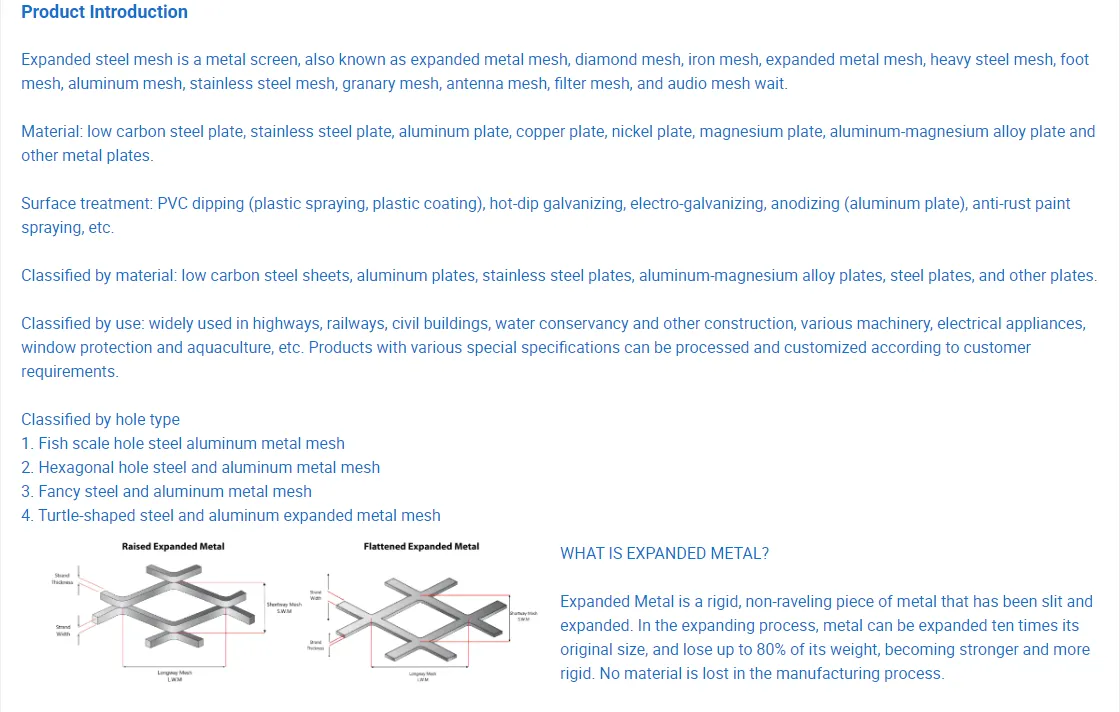The Importance of Construction Sound Barriers
In urban environments where noise pollution has become a persistent issue, construction sound barriers play a critical role in mitigating the impact of disruptive sounds generated by construction activities. These barriers, which are designed to reduce noise pollution, serve an essential purpose in maintaining quality of life for residents in nearby areas and ensuring compliance with environmental regulations. This article discusses the significance of construction sound barriers, their design, materials, and the various benefits they provide to communities and builders alike.
Understanding Construction Noise Pollution
Construction noise pollution primarily originates from heavy machinery, equipment operation, and excavation activities. These sounds can reach elevated decibel levels, which may disturb nearby residents, disrupt local wildlife, and contribute to overall societal stress. According to studies, consistent exposure to high noise levels can lead to various health issues, including sleep disturbances, increased heart rate, and elevated stress hormones. Hence, reducing noise pollution is not only a matter of enhanced comfort but also a public health concern.
The Role of Sound Barriers
Construction sound barriers are physical structures designed to obstruct and absorb noise generated on construction sites. Primarily made from materials that possess sound-absorbing properties, these barriers are strategically positioned to reflect and deflect sound waves away from sensitive areas like homes, schools, and parks. The effective design of sound barriers can lead to a significant reduction in noise levels, thereby protecting the well-being of those living near construction sites.
Design and Materials
The design of construction sound barriers varies based on the specific requirements of a project and the characteristics of the surrounding environment. Common materials used in the construction of these barriers include concrete, wood, and various composites. Concrete barriers boast high durability and substantial mass, making them effective at blocking noise. However, their installation can be resource-intensive and may require significant investment.
construction sound barrier

On the other hand, wooden barriers are often more environmentally friendly and can blend seamlessly into natural landscapes. They may not provide the same level of soundproofing as concrete but can be improved with the application of sound-absorbing panels and insulation materials. Innovative sound barrier designs, such as green walls that incorporate vegetation, are also gaining popularity. These barriers not only serve to block noise but also provide aesthetic value to the environment, improve air quality, and enhance biodiversity.
Benefits of Construction Sound Barriers
The advantages of implementing construction sound barriers are manifold. First and foremost, they play a vital role in fostering community relations. By minimizing noise disruption, construction firms show consideration for local residents, thereby fostering goodwill and reducing the likelihood of complaints or opposition to projects. This cooperative spirit can enhance the overall success of a construction initiative.
Additionally, sound barriers contribute to increased safety on construction sites. Lowering noise levels allows for better communication among workers and helps them remain vigilant to potential hazards. Workers can hear machinery signals or warnings more clearly when extraneous noise is minimized, thus decreasing the potential for accidents.
Governmental and environmental compliance is another critical benefit. Many regions enforce strict noise control regulations related to construction, particularly in densely populated urban areas. By installing sound barriers, construction companies can adhere to these regulations, avoiding fines and project delays associated with noise complaints.
Conclusion
In conclusion, construction sound barriers are essential tools in the quest to balance development and community well-being. Their strategic implementation can significantly reduce the adverse impacts of noise pollution, protecting both residents and workers alike. As urban populations continue to grow and construction activities increase, the importance of these barriers will only become more pronounced. Investing in advanced sound barrier technologies and innovative designs will facilitate sustainable construction practices while promoting healthier living environments. As we strive for progress and development, let us not forget the importance of preserving the peace and comfort of the communities we build in.
-
Why Galvanized Trench Cover Steel Grating Resists Corrosion
NewsJul.10,2025
-
The Versatility and Strength of Stainless Expanded Metal Mesh
NewsJul.10,2025
-
Load Calculations in Steel Grating Platforms
NewsJul.10,2025
-
Keeping Pets and Kids Safe with Chicken Wire Deck Railing
NewsJul.10,2025
-
Hole Diameter and Pitch for Round Perforated Metal Sheets
NewsJul.10,2025
-
Aluminium Diamond Mesh in Modern Architecture
NewsJul.10,2025
Subscribe now!
Stay up to date with the latest on Fry Steeland industry news.

